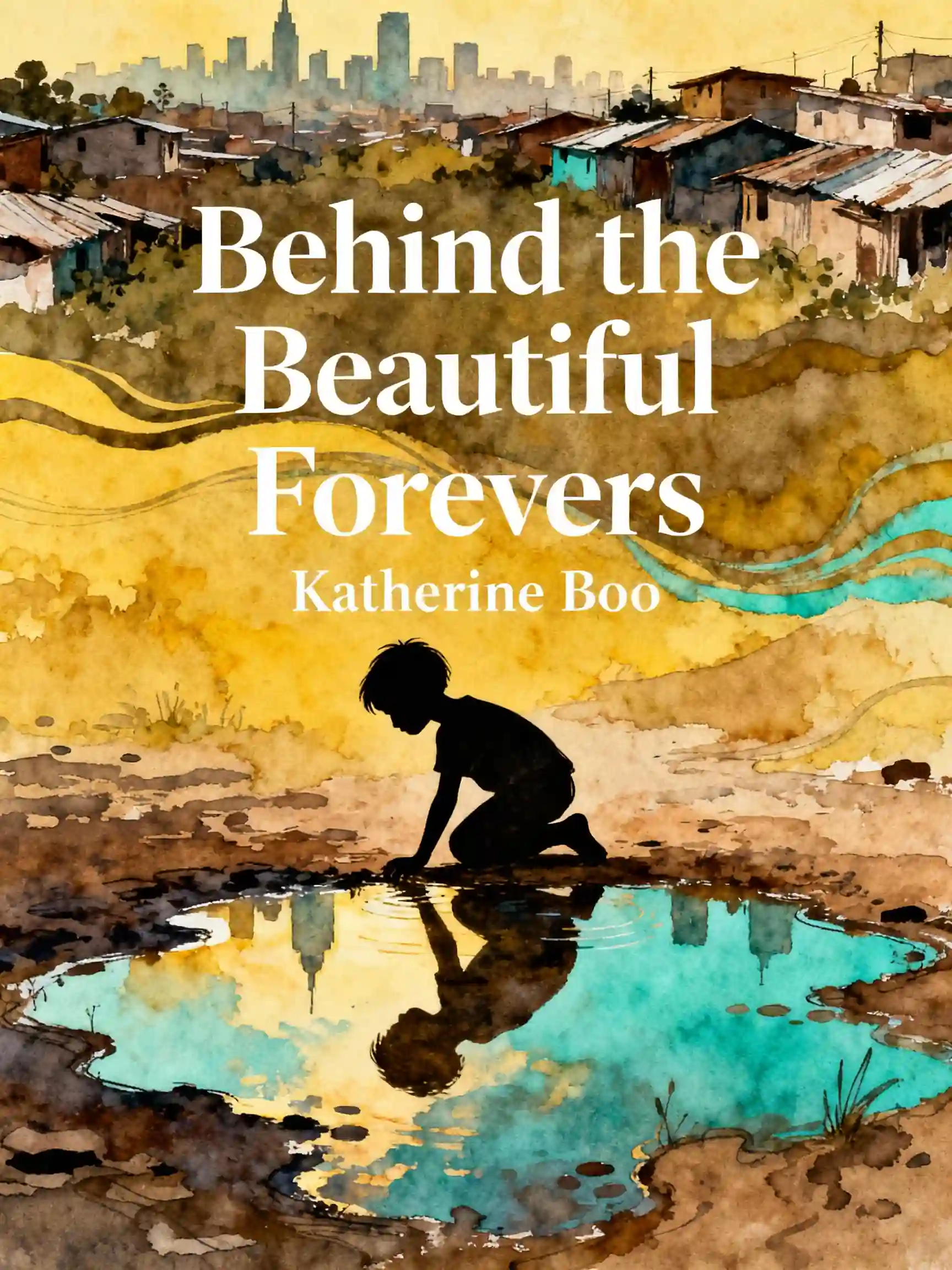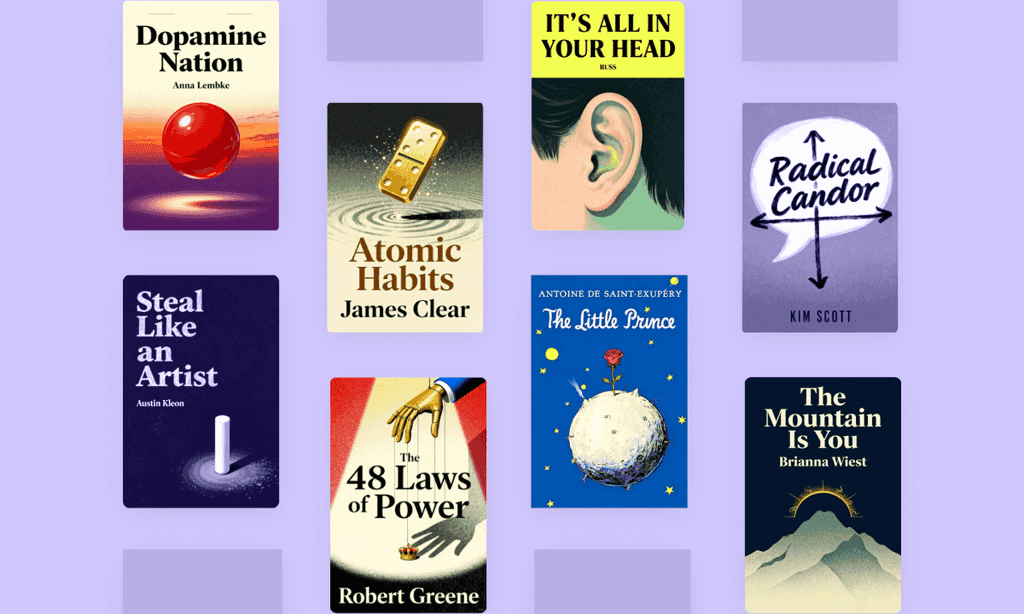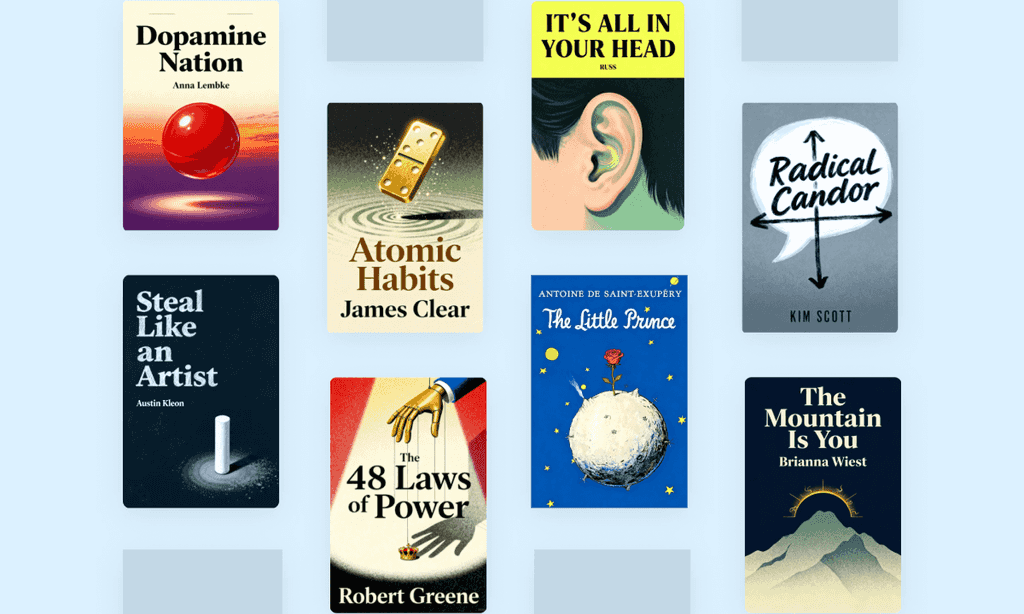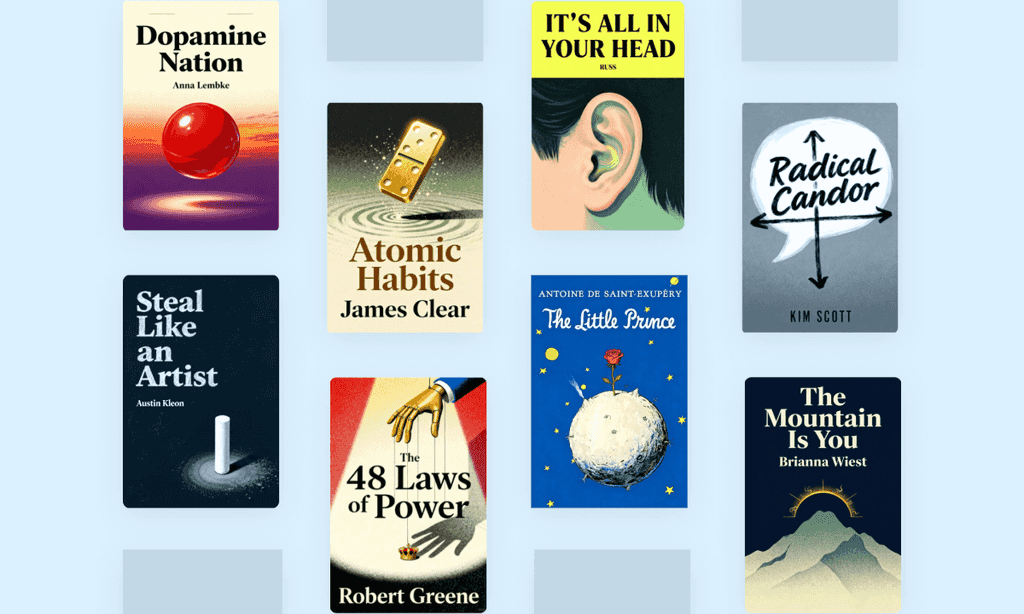Behind the Beautiful Forevers by Katherine Boo

Overview of Behind the Beautiful Forevers
Step into Mumbai's Annawadi slum, where dreams persist amid crushing poverty. This National Book Award winner captivated Bill Gates and became a London stage sensation. Katherine Boo's immersive reporting reveals: can hope survive when corruption and globalization collide in modern India?
About its author - Katherine Boo
Katherine J. Boo, Pulitzer Prize-winning investigative journalist and MacArthur Fellow, is the acclaimed author of Behind the Beautiful Forevers: Life, Death, and Hope in a Mumbai Undercity, a National Book Award-winning work of narrative nonfiction.
Specializing in chronicling marginalized communities, Boo combines meticulous reporting with vivid storytelling to explore themes of systemic inequality, resilience, and globalization. A longtime staff writer for The New Yorker and former Washington Post reporter, her career spans groundbreaking investigations into poverty and disability rights—including her Pulitzer-winning 2000 series on Washington D.C.’s flawed social services.
Born in 1964 and educated at Barnard College, Boo spent three years embedded in Mumbai’s Annawadi slum to research Behind the Beautiful Forevers, which has been translated into 15 languages and adapted for theater. Her work is celebrated for humanizing statistical realities through intimate portraits of individuals navigating broken systems, cementing her reputation as a leading voice in social justice journalism.
Key Takeaways of Behind the Beautiful Forevers
- Corruption traps Annawadi’s poor through police bribes and false murder accusations
- Mumbai’s airport proximity creates scavenging economies and fragile upward mobility dreams
- Abdul’s recycling hustle reveals entrepreneurial grit amid systemic exploitation
- Self-immolation becomes fatal protest weapon in slum justice system failures
- Katherine Boo exposes how globalization fuels inequality in Mumbai’s shadow cities
- “Beautiful forevers” wall symbolizes unattainable affluence for waste-picker communities
- Asha’s political manipulation shows women’s limited power paths in patriarchal slums
- Juvenile detention centers brutalize youth while preaching moral transformation
- Scavenger Sunil’s growth-stunted body embodies intergenerational malnutrition consequences
- Education offers escape illusions while reinforcing caste and gender barriers
- Hospital neglect and judicial extortion weaponize poverty against slum residents
- Temporary triumphs mask cyclical despair in Boo’s unflinching inequality portrait






















